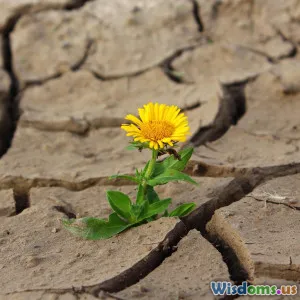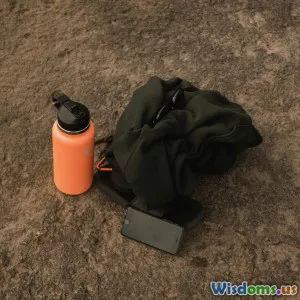
Can Common Cactus Save You From Thirst and Dehydration
14 min read Explore if common cactus plants can provide hydration and survival benefits in arid conditions. (0 Reviews)
Can Common Cactus Save You from Thirst and Dehydration?
Life can take an unexpected turn in the world’s arid landscapes. Survival movies—and age-old wisdom—often tell of desperate times when people turn to their environment for sustenance. The rugged, resilient cactus, so synonymous with desert survival, seems the perfect savior: green, water-storing, enduring. But can a common cactus really save you from thirst and dehydration? Let’s separate fact from survival fiction, weigh the risks and rewards, and discover the real potential of the prickly desert dweller.
The Myth of Cactus Water: Hollywood vs. Reality
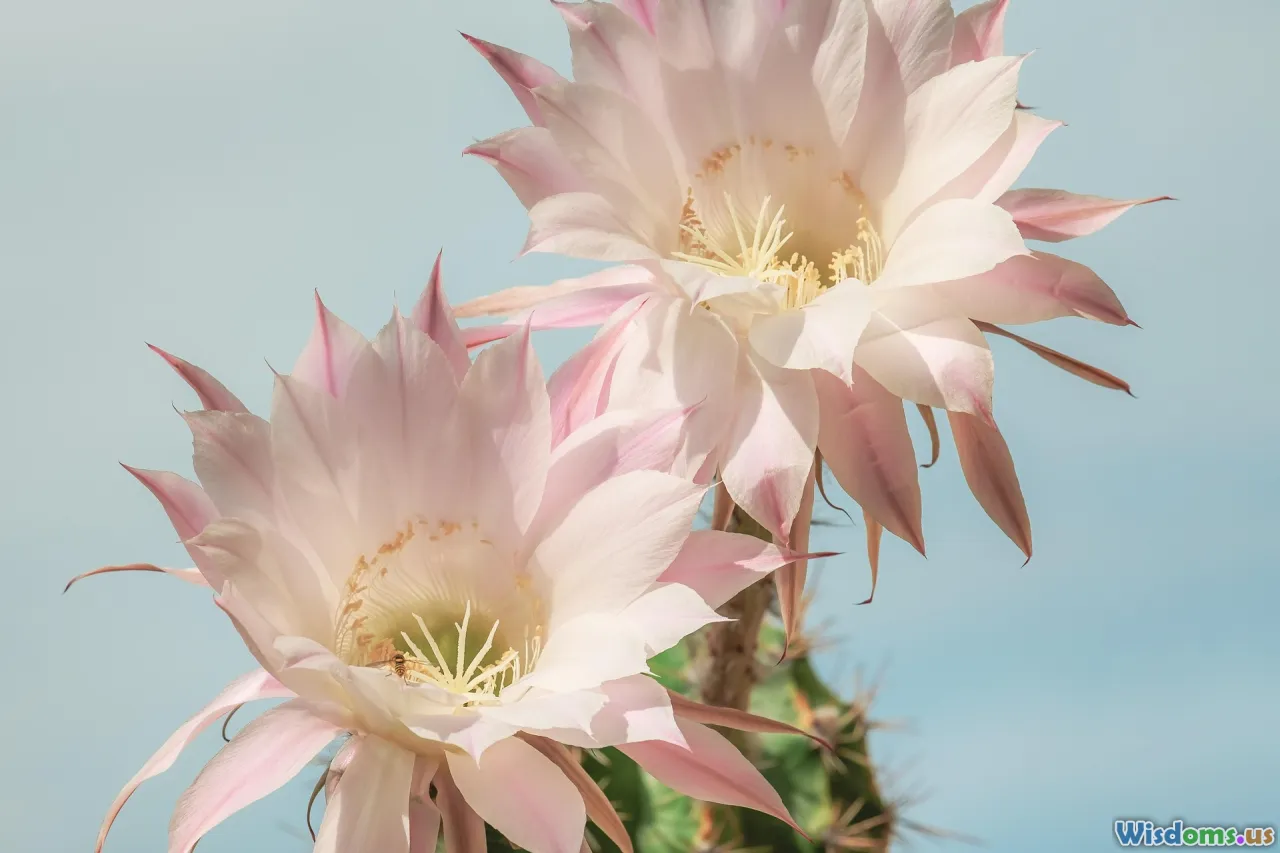
Walk into a typical survival scenario portrayed on TV or film: the stranded character, mouth parched, finds a cactus, hacks away, and drinks deeply from its core, revitalized and ready to journey onward. This enduring image has fascinated many. But where does this myth originate, and does it reflect truth?
The legend likely began because many cacti do store water—an evolutionary marvel. Species like the saguaro can hold thousands of liters, and prickly pears feature juicy paddles and vibrant fruits. Their flesh looks moist, particularly when compared to their arid surroundings. Survival guides once (mistakenly) suggested you could rely on cacti for backup hydration. Yet, biologists and survival experts now warn this advice may be outdated and dangerous.
There have been cases where some species aided survival—especially when other sources were completely absent. Indigenous peoples in deserts such as the Sonoran have long incorporated certain cacti for sustenance, but with much more knowledge and nuance than the typical stranded wanderer possesses. Films took that grain of truth and grew it into an alluring, but dangerous, survival assumption.
The Science: What’s Actually Inside Cactus Stems?

Cacti evolved remarkable methods to store and conserve water internally. If you slice open most common cacti, including the prickly pear (Opuntia), barrel (Ferocactus), or saguaro (Carnegiea gigantea), you’ll find tissues saturated with moisture—sometimes described as mucilaginous or jelly-like.
However, this is not just clean, free-flowing water. Most cacti’s interior consists of a dilute, viscous sap containing alkaloids, acids, and sometimes, small amounts of toxins.
- Water Content: For example, the prickly pear may hold up to 85% water by weight—comparable with watermelon. Saguaro is similar, holding up to 94% water in its flesh.
- Composition: The liquid is interspersed with complex carbohydrates (like mucilage), bitter alkaloids (protecting against thirsty animals), and acids resulting from the cactus’s photosynthetic methods (CAM metabolism), which stores carbon dioxide as malic acid overnight.
This matrix isn’t the sort of water your body absorbs easily. The thick, almost slimy consistency, plus its chemical profile, can challenge the stomach—especially if you’re stressed, dehydrated, or malnourished.
Species Showdown: Safe or Deadly?
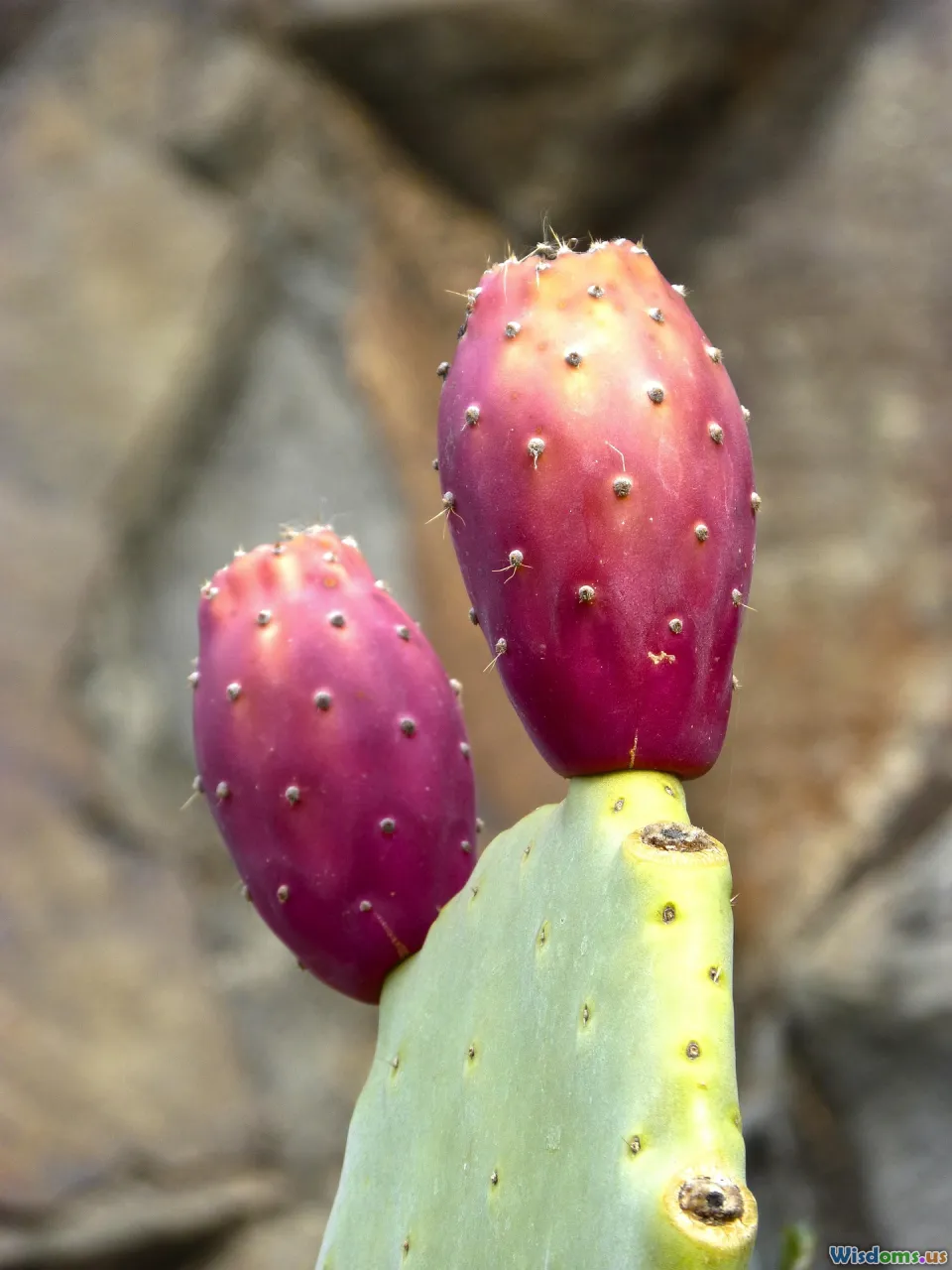
Not all cacti are created equal. A few are relatively safer for emergency consumption, while others should be strictly avoided. Here’s a quick breakdown of some of the most widespread types:
1. Prickly Pear (Opuntia)
- Widely considered the safest common cactus for emergency hydration,
- Both the pads (nopales) and fruit (tunas) are consumed around the world,
- The flesh is mucilaginous but generally non-toxic if prepared carefully,
- Fruit and pads often require cautious de-spining and peeling.
2. Barrel Cactus (Ferocactus spp.)
- Sometimes suggested in survival books as a “last resort,”
- The water is alkaline, bitter, and laxative; it can cause diarrhea or vomiting, which worsens dehydration,
- Indigenous groups used it largely as a food source in desperate circumstances, not as water.
3. Saguaro (Carnegiea gigantea)
- An iconic symbol, but not typically tapped for water by locals,
- Consumption of raw tissue can result in nausea.
4. Peyote (Lophophora williamsii), San Pedro (Echinopsis pachanoi), and Others
- Contain powerful psychoactive alkaloids; consuming these is dangerous,
- Causes hallucinations, gastrointestinal distress, and possible poisoning.
Important Note: Even the “safe” prickly pear must be handled carefully, with spines removed and ideally cooked or dried. Misidentification or careless consumption has severe consequences.
Risks of Relying on Cacti for Hydration

When you're severely dehydrated, your digestive and filtering systems are at their weakest. Introducing cactus sap, rich in fiber, mucilage, and culinary irritants, may actually hasten trouble.
Primary Risks:
- Gastrointestinal Distress: Nausea, cramping, diarrhea, and vomiting are common after consuming raw cactus pulp or unripe fruit. This increases fluid loss—a disaster if already dehydrated.
- Kidney Strain: The thick, mineral-laden sap can overburden kidneys, especially if you’re not accustomed to consuming it.
- False Confidence: Many people underestimate the difficulty of safely harvesting, cleaning, and processing cactus in the wild. Prickles, glochids (minute barbed spines), and toxic lookalikes abound.
Case Example
In the 1900s, U.S. cavalry manuals briefly referenced barrel cactus for water, but later rescinded this advice: numerous lost soldiers fell more ill after trying to drink its sap. Modern survival records continue to highlight hikers who tried drinking raw cactus only to face worsening dehydration from vomiting or diarrhea.
Traditional Knowledge: Learning from Indigenous Practices

Surviving in tough environments often depends on generations of observation and adaptation—not quick fixes. Indigenous communities in the Americas have a deep relationship with local cacti, but they seldom consume the raw sap for hydration.
For example, the Tohono O’odham people in the Sonoran Desert specifically harvest saguaro fruit, which they process into syrup or jam. Prickly pear pads and fruits are important foodstuffs, typically roasted or prepared to remove irritants.
Historical survival wisdom includes:
- Cooking or Boiling: To remove most irritants and neutralize acids from pads while also making nutrients more available.
- Fermentation: Some desert cultures ferment cactus juice into drinks that are more digestible and safe.
- Careful Harvesting: Avoiding plants during certain times (such as before flowering, when alkaloid content is highest).
Modern foragers and hikers can learn much from this careful, respectful approach—and realize that cactus, in most cases, is food or supplement, not a direct water source.
How To Use Cacti Safely (If You Must)
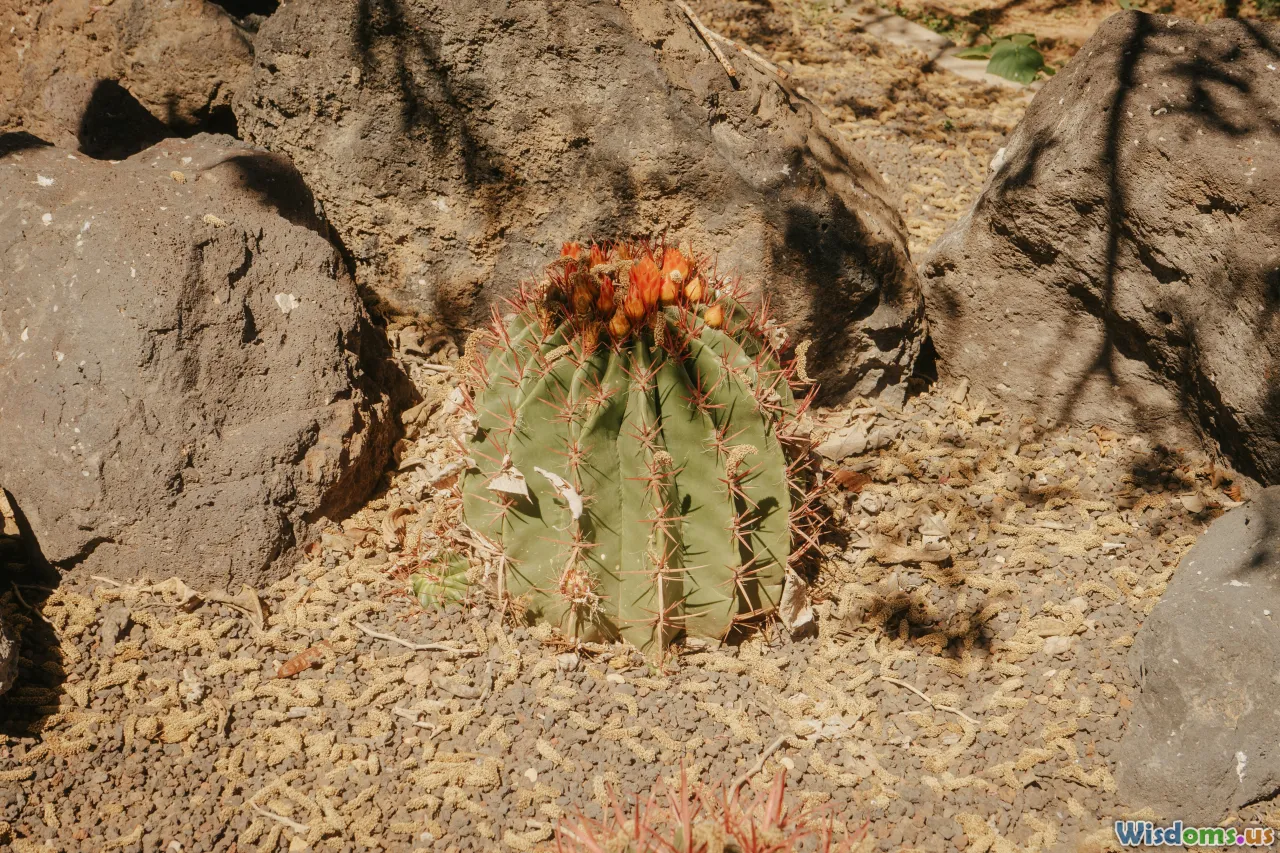
Though it’s hardly ever a recommended primary hydration method, let’s be realistic: in a survival crisis, you might have no other choice. Here’s a practical guide for using the most common safe cactus—prickly pear—under emergency circumstances, minimizing risk:
-
Identification: Choose only the recognizable prickly pear. Note the flat, paddle-like pads and vividly colored fruits; avoid barrel-shaped, round, or psychoactive types.
-
Preparation:
- Remove all spines and glochids; wear gloves and use a sharp knife.
- Peel the dark outer skin from the pad or fruit. The interior flesh should be clear or pale.
- Never attempt to swallow peels, fibers, or seeds—it will exacerbate stomach distress!
-
Consumption:
- Ingest only small amounts at first, enough to moisten the mouth.
- Chew the pulp and spit out solids if possible.
- Avoid eating unripe fruits, which may contain more irritants.
- Don't rely on cactus flesh daily; long-term and large-quantity consumption can cause health issues.
-
Processing Hacks: If you have heat and time, cooking or roasting the pads breaks down mucilage and neutralizes bitter acids.
-
Listening to Your Body: If consuming cactus leads to vomiting or diarrhea, stop immediately. Look for alternative hydration methods.
Survival Pro Tip
If you are close to civilization, signal for rescue rather than risk worsening your condition by experimenting with wild foods.
Better Alternatives: Staying Hydrated Safely in the Desert

The good news: there are generally better ways to hedge against dehydration, even in the desert. Here are practical alternatives and prevention strategies for anyone venturing into arid spaces.
- Pre-trip Preparation: Carry plenty of water. Most deaths in deserts occur because people underestimate how quickly they lose moisture through sweat, wind, and dehydration.
- Water Conservation: Wear a wide-brimmed hat, breathable long sleeves, and rest during the hottest hours.
- Signal for Help: Don’t keep hiking until collapse. Finding or fashioning a reflective signal (like aluminum foil or a mirror) can draw rescuers much faster than trying to extract moisture from cacti.
- Watch for Permanent Sources: Look for low places where rain collects (washes, canyons), inspect under large rocks for moisture, or follow animal trails at dawn and dusk.
- Solar Still Technique: While not as productive as some survival books promise, a solar still can extract condensation from plant tissue or moist soil.
The Future: Cacti for Modern Hydration Solutions?
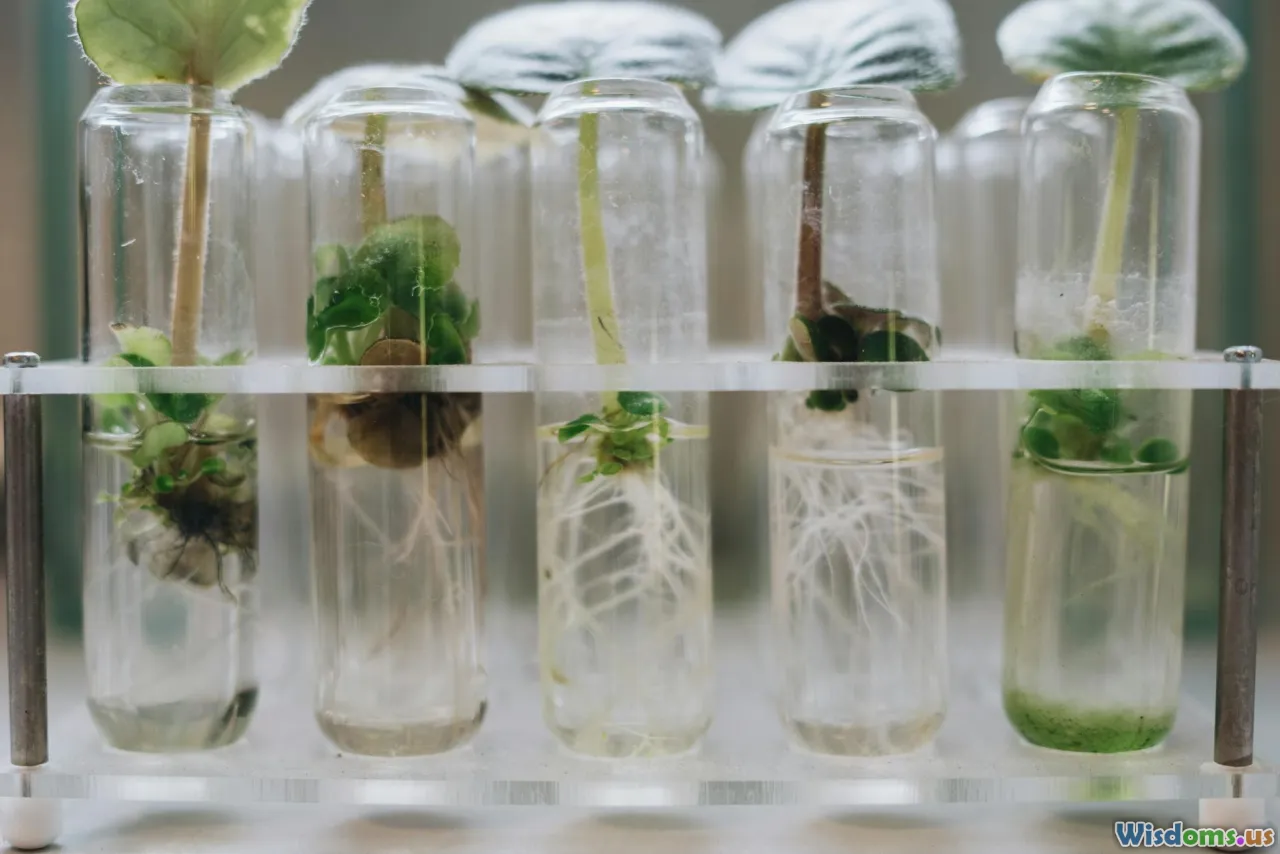
Though it’s inadvisable to drink directly from cacti in emergencies, humanity’s relationship with these desert giants is far from over. Scientists are studying cactus mucilage for water purification—tiny particles in Opuntia pads bind impurities and bacteria, inspiring low-cost filtration techniques for rural communities.
The prickly pear and other species are also essentials for drought-resistant agriculture. Their edible fruits and pads hydrate and nourish livestock. Cactus-derived beverages (like Mexican "agua de tuna," a sweet juice from prickly pear fruit) provide safe, refreshing drinks once properly processed.
Innovations in biotechnology include:
- Using cactus-derived gums to improve soil moisture,
- Genetically engineering crops for water-retention capabilities inspired by cacti,
- Integrating cactus farming in water-scarce climates as a food security solution.
So while you shouldn't slice open a saguaro for a quick drink, tomorrow’s world may rely more than ever on the lessons—and promise—hidden within cacti.
The bottom line? Cacti are astonishingly well-adapted desert survivors, but their water isn't always safe for humans in emergencies. Learn from nature and indigenous experience: prepare carefully before entering arid places, don’t count on myths, and view the mighty cactus as a symbol of patience, endurance, and ingenuity—instead of a quick-fix canteen.
Rate the Post
User Reviews
Popular Posts











